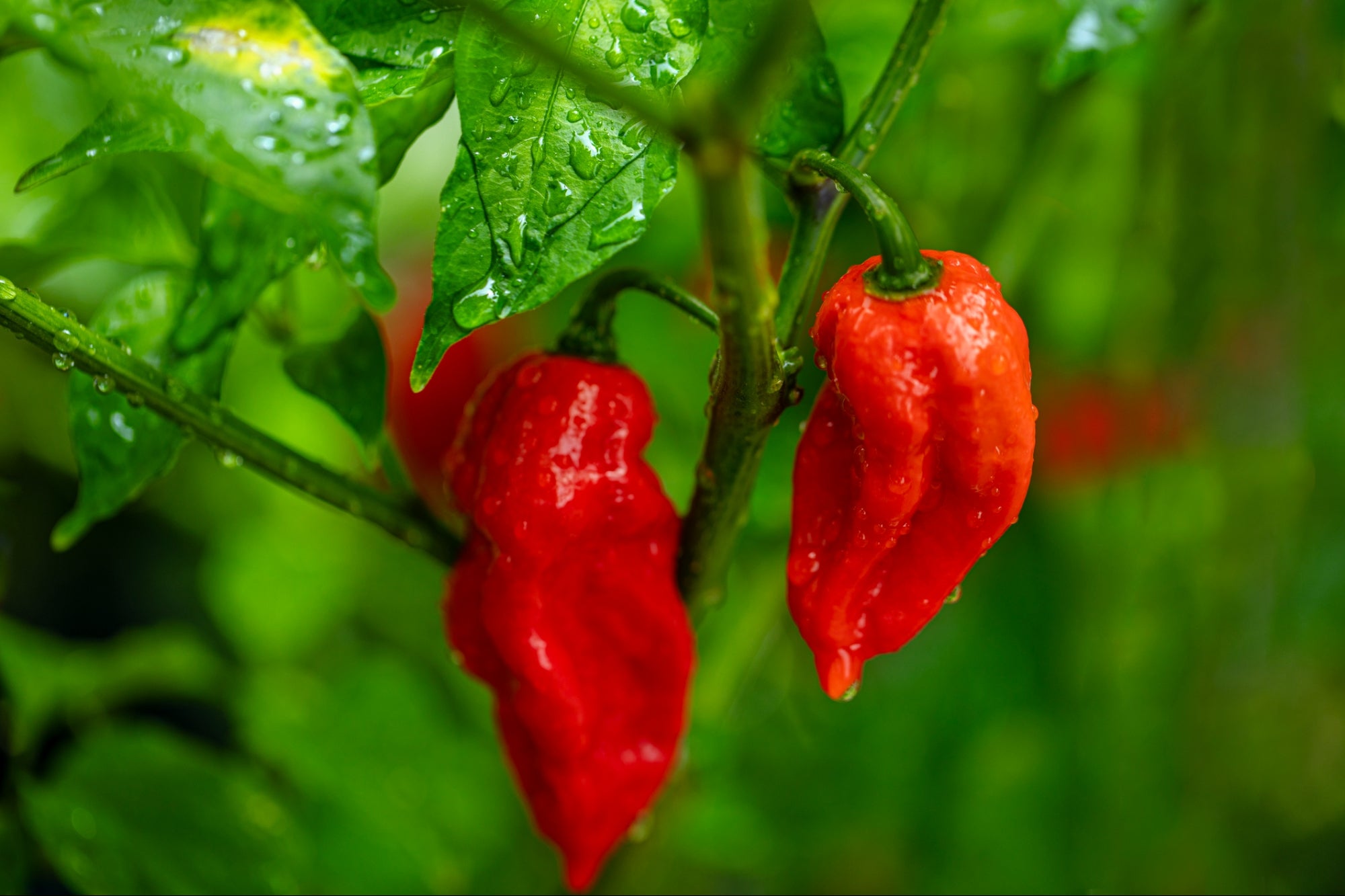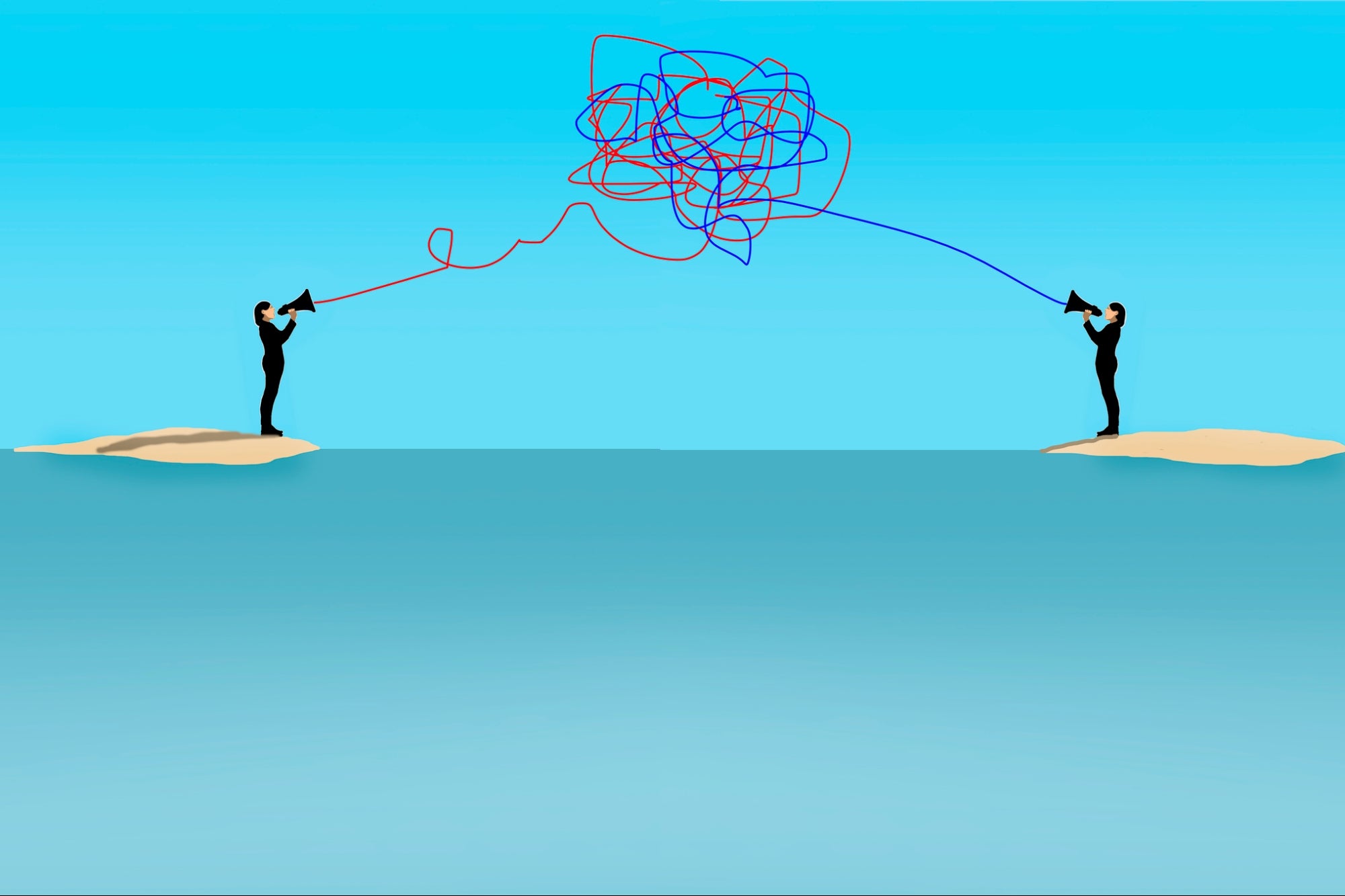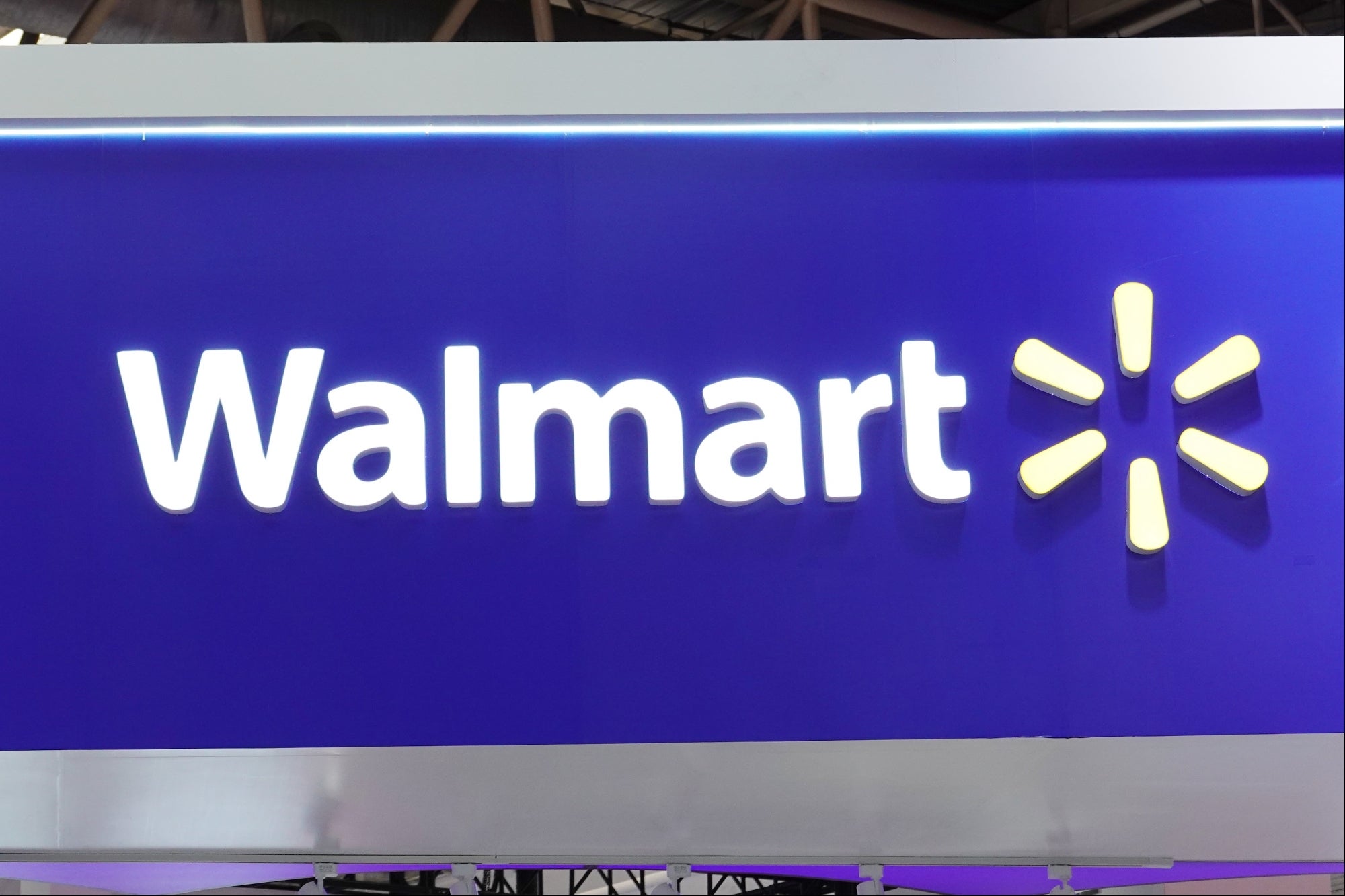Why brands need to stop talking about community — and start building one 'Community' is one of the most overused – and least understood – words in marketing today.
By Dan Temm Edited by Patricia Cullen
Opinions expressed by BIZ Experiences contributors are their own.
You're reading BIZ Experiences United Kingdom, an international franchise of BIZ Experiences Media.

Brands love to say they have one. Few actually do. That's because talking about community is easy. Building one is hard. True community is earned through real action, real belonging, and real commitment over time – not hashtags, ad spend, or flashy marketing activations that look good on a deck but don't actually meet customers where they are.
At Puresport, community isn't and never was just a marketing strategy. As a challenger brand just starting up, was survival. Early on, we faced huge limitations: we couldn't rely on digital ads due to the products we sold, and, as a startup, we didn't have the budget to compete with bigger brands. So we had to think differently.
We had to show up in people's lives in a way that was real, valuable, and lasting. And that's what we'll always do. Here's what we've learned about building a brand that matters for the long run:
1. Build movements, not moments
Too many brands treat marketing like fireworks: bright, expensive, attention-grabbing flashes that feel hollow and are quickly forgotten. Challenger brands don't have that luxury. We have to build bonfires – slow-burning movements that people can gather around. We started with weekly run clubs – simple meetups open to anyone, of any ability, with no hard sell. Just a commitment to show up and run together. Today, more than 50,000 people have taken part in our run clubs across cities like London, New York, Paris, and Boston. And that's not because they were paid to, but because they felt part of something real. We offered genuine value and asked for nothing in return. Whether you're in fitness, fashion, or fintech, the principle is the same: If you want loyalty, create experiences people want to belong to.
2. Choose purpose over popularity
In crowded markets, it's tempting to chase every trend. But brands that stand for everything end up meaning nothing. True community comes from clear values – and the willingness to stick to them. When most brands were flooding inboxes with Black Friday sales and influencers' post boxes with extravagant PR packages, we took a different approach. We sent 500 empty boxes to influencers in our community, encouraging them to fill them with their freebies and donate it to Greenhouse Sports, alongside our own £10,000 donation. We wanted to create a moment of reflection on excess - and redirect that energy into meaningful contribution. People don't remember the biggest discount. They remember, and trust, the brands that stand for something.
3. Act in service, not in self-interest
Real community is formed through shared experiences, authentic values, and meaningful connection. That philosophy shaped our London Marathon campaign, built around the universal language of running. Instead of buying billboards, we showed up for runners when it mattered:
● We organised a surprise gospel choir to greet marathon runners arriving at Heathrow Terminal 5, handing out free recovery kits packed with hydration, electrolytes, magnesium, and socks.
● We hosted a free carb-load pasta party at Soho's Pastaio for 50 runners the night before the race.
● We created 'petrol stations' serving free electrolytes at mile 24 - when runners needed support most.
● We launched a hotel room service initiative, delivering free recovery kits to runners across London.
None of it was about shouting louder than other brands. Genuinely, we just wanted to be useful - building trust through action, not advertising.
4. Challenge the system
Challenger brands succeed because they don't accept the status quo. But challenging the system doesn't mean being contrarian for the sake of it. It means asking better questions:
● How can we create connection where others create noise?
● How can we build belonging instead of pushing product?
● How can we stay useful when others chase attention?
True community builders are willing to slow down when everyone else is speeding up - and focus on what really matters.
5. Think For The Long Run
The hard truth is that community is difficult, expensive, and slow to build. You can't shortcut your way there. You have to show up again and again, listen, and stay true to your values when trends tempt you away. You have to really believe it, want to do it, and trust the process. But with patience you'll create advocates and belonging. We've been stacking days since 2018. And it's paying off. Our latest product launch – Ultra Electrolytes – was our biggest ever, now our best-selling product by a country mile. And we've just secured multi-million-pound investment to help us grow our community and our impact even further. In an era of noise, connection is the only competitive advantage that compounds. So invest in your community early, and often.
If you're serious about building a brand For The Long Run, stop talking about community. Start doing the hard work of actually building one. Then you'll create a movement.











